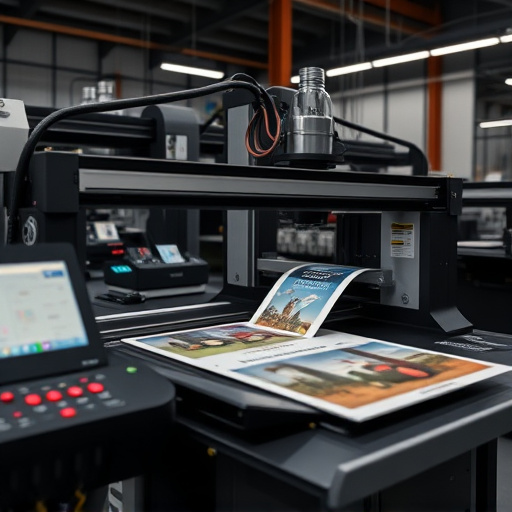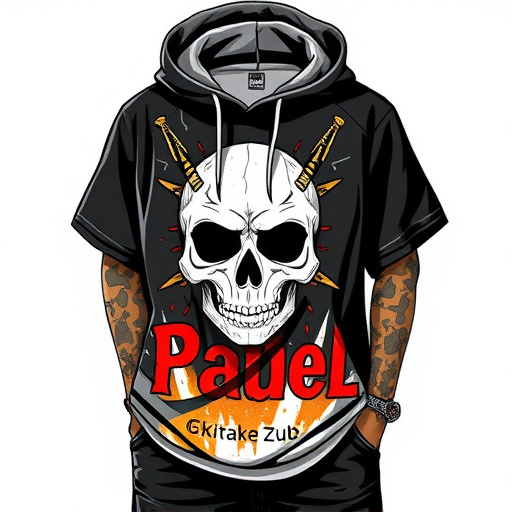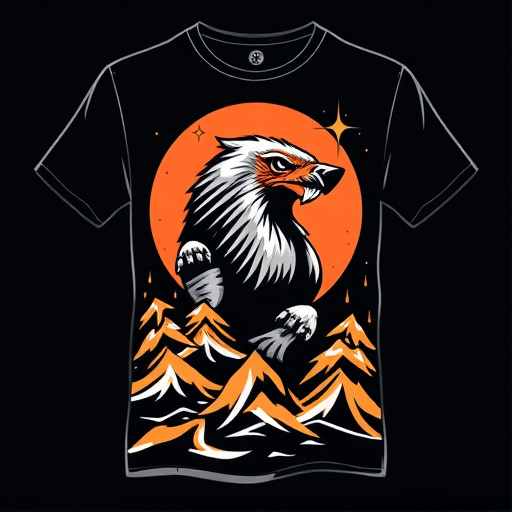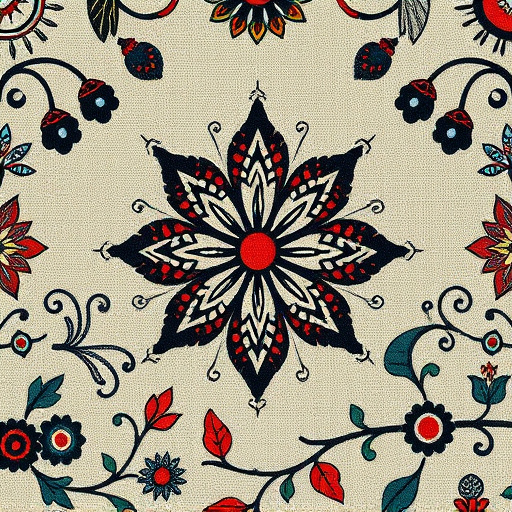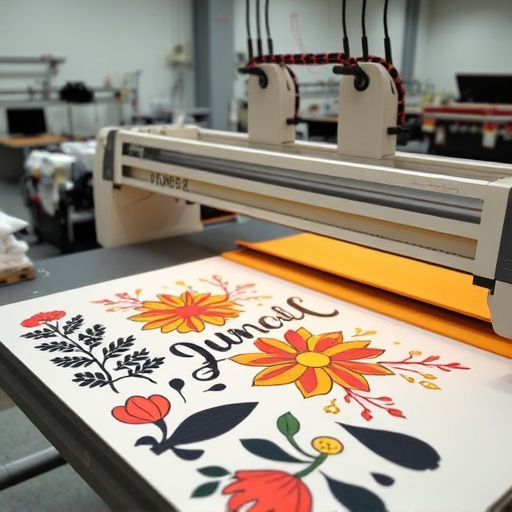The DTF Market Trends are reshaping the custom print industry, driven by a growing demand for unique, personalized apparel among consumers prioritizing individuality. Technological advancements in Direct-to-Fabric (DTF) printing have streamlined production, improved quality, and enhanced design flexibility, democratizing access to custom printing for small businesses. By leveraging DTF technology, printers can cater to diverse sectors like fashion and home decor, offering limited-edition, artisanal items while reducing waste through efficient processes. Staying competitive requires embracing digital technologies, integrating cutting-edge DTF techniques, and continuously innovating to meet evolving customer expectations.
The dynamic Digital Direct-to-Garment (DTF) printing market is evolving rapidly, driven by innovative technologies and shifting consumer preferences. This article delves into the intricate tapestry of DTF market trends, exploring how custom print solutions are capitalizing on these changes to foster sustainable growth. From understanding consumer demands to adopting cutting-edge technologies, we provide a comprehensive overview for navigating this vibrant and competitive landscape.
- Understanding the DTF Market Trends: A Comprehensive Overview
- The Role of Custom Printing in Capitalizing on These Trends
- Strategies for Sustainable Growth in the Dynamic DTF Market
Understanding the DTF Market Trends: A Comprehensive Overview
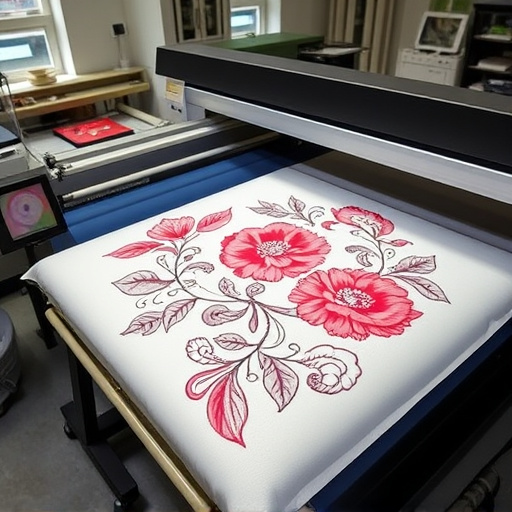
The dynamic DTF (Direct to Fabric) market trends are reshaping the custom print industry, offering exciting opportunities for businesses focused on growth and innovation. Understanding these trends is crucial for any company aiming to stay competitive in this space. Key drivers include the surge in demand for custom custom t shirts and personalized apparel, fueled by a generation that values individuality and self-expression. This shift has led to a significant increase in bulk DTF shirt production, as businesses look to meet the growing consumer appetite for unique, on-trend designs.
Additionally, technological advancements play a pivotal role in the evolving DTF landscape. The introduction of more efficient and versatile best DTF printers has enabled faster production times, enhanced print quality, and greater design flexibility. These innovations have democratized access to custom printing, allowing small businesses and entrepreneurs to compete with larger brands and offering unparalleled opportunities for growth-minded enterprises.
The Role of Custom Printing in Capitalizing on These Trends
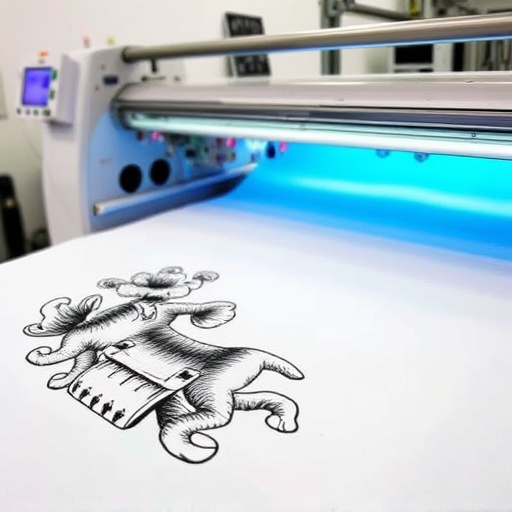
In today’s dynamic market landscape, understanding and capitalizing on DTF Market Trends is paramount for businesses aiming to stay ahead. Custom printing plays a pivotal role in this strategy by offering unique, personalized products that resonate with evolving consumer preferences. By aligning their printing methods with DTF trends, printers can tap into diverse sectors like fashion, home decor, and promotional merchandise. For instance, the rise of limited-edition releases and exclusive, artisanal items drives demand for high-quality, customizable prints on various materials, from light fabrics to innovative substrates.
Moreover, embracing DTF technology allows printers to meet the growing need for fast turnaround times and efficient production processes. This is particularly evident in trends like the surge in online ordering and direct-to-garment printing, where cold peel dtf transfers offer a seamless solution for creating custom designs on clothing and accessories. With market demands shifting towards unique, personalized items that reflect individual style, custom printing has become a powerful tool for businesses seeking to capitalize on DTF Market Trends while offering products that truly stand out in a crowded marketplace.
Strategies for Sustainable Growth in the Dynamic DTF Market
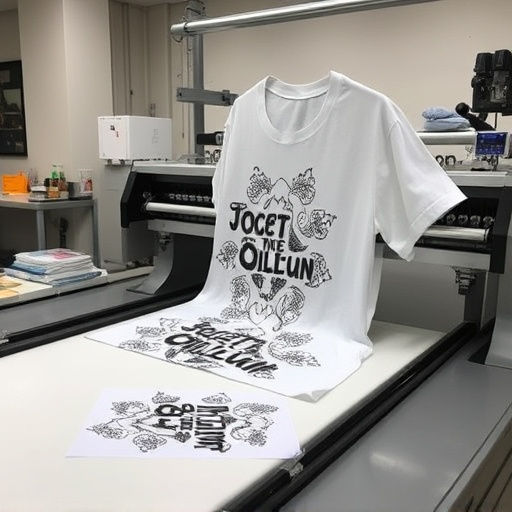
In the dynamic DTF Market Trends landscape, sustainable growth requires a strategic approach that keeps pace with evolving consumer demands and technological advancements. Custom print businesses must embrace digital technologies like Direct-to-Garment (DTF) printing, which offers unmatched efficiency and quality. By integrating cutting-edge DTF for Apparel techniques and utilizing the best dtf printer available, companies can streamline production while maintaining high standards. This not only reduces waste but also enables them to cater to diverse market segments, from small businesses to large-scale apparel manufacturers.
To stay relevant, businesses should focus on continuous innovation in their DTF transfer processes. This involves staying abreast of industry trends, experimenting with new materials, and optimizing print settings. By adopting these strategies, custom print shops can ensure they remain competitive while meeting the ever-changing expectations of customers. The key to success lies in balancing operational efficiency with creative freedom, ultimately delivering exceptional products that resonate with the market’s evolving preferences.
The DTF market trends present a dynamic landscape offering significant opportunities for custom printing businesses. By staying abreast of these trends, embracing innovative strategies, and focusing on sustainable growth, custom printers can ensure long-term success in this competitive yet promising sector. Leveraging the right techniques and adapting to evolving consumer demands will be key to capitalizing on the DTF market’s potential.










